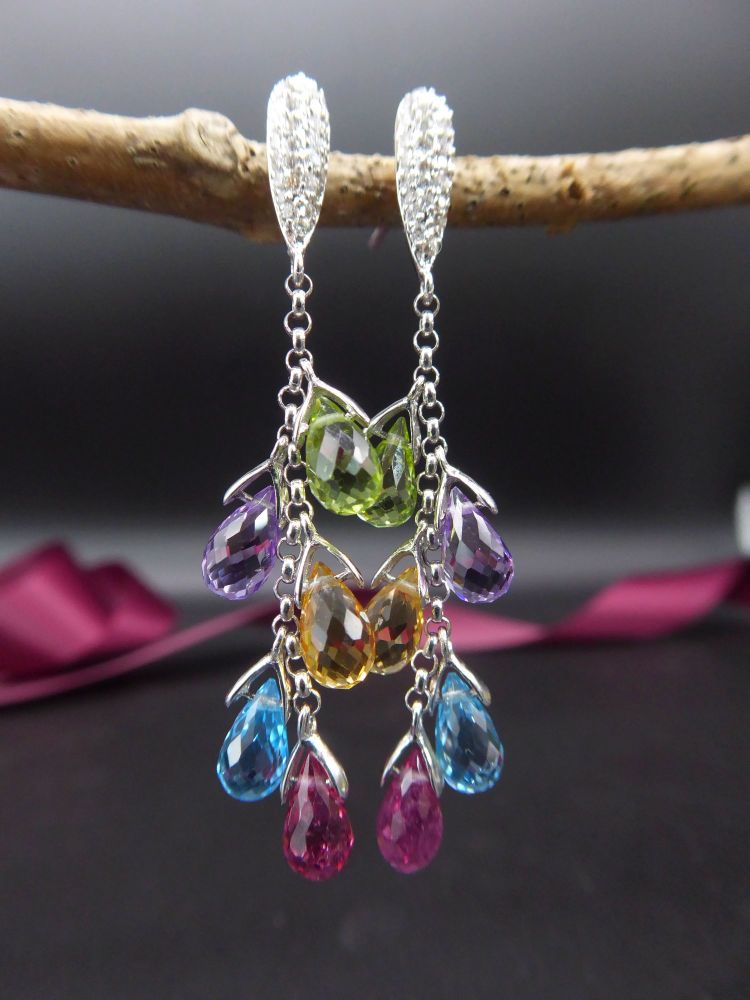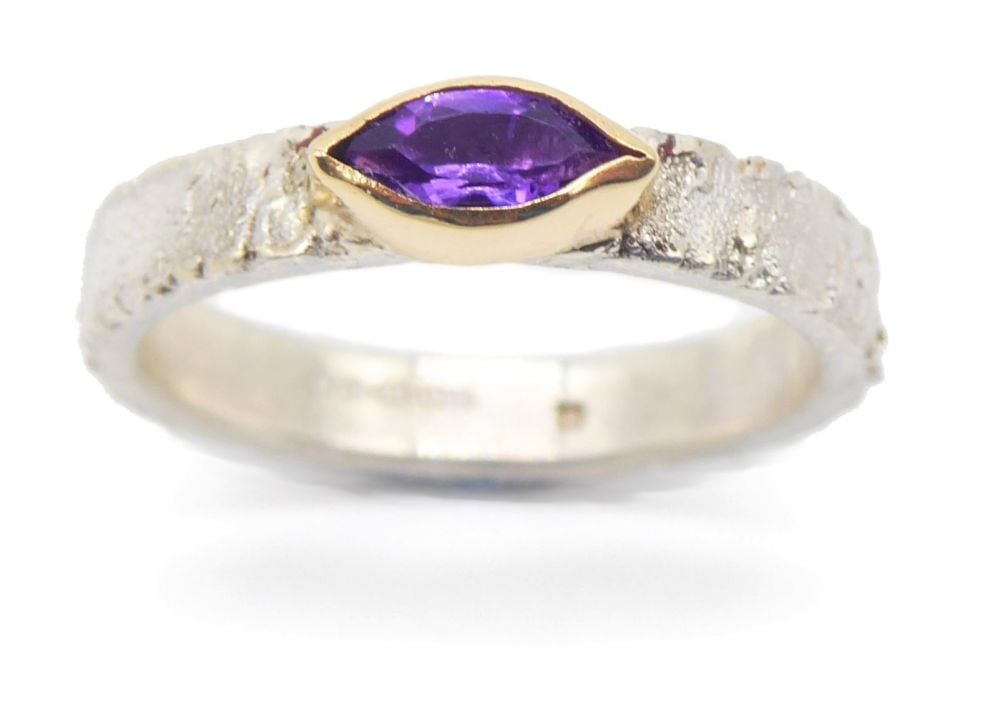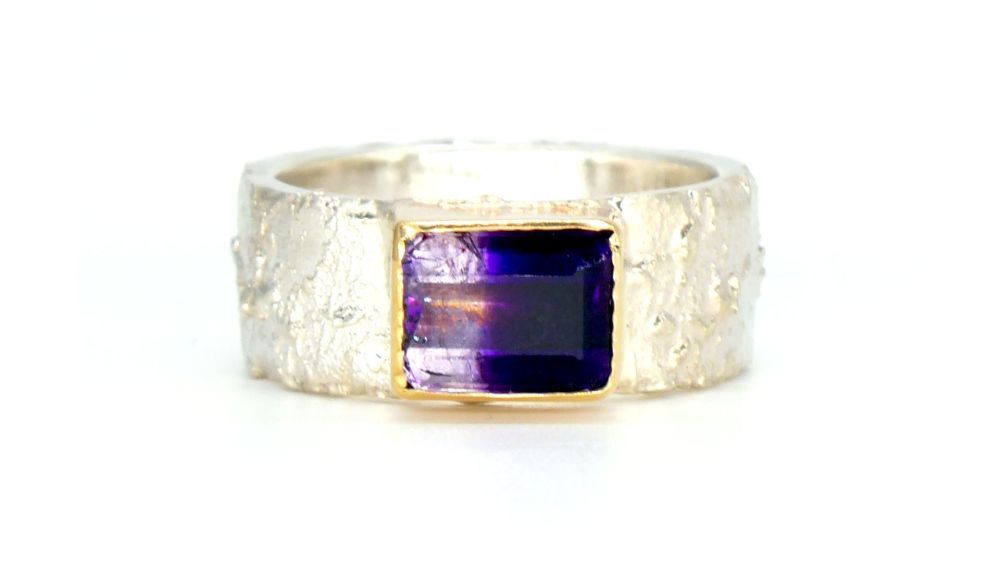February Birthstone - Amethyst
Posted on
Birthstone - February - Amethyst
Colour - Varies from deep purple to light violet
Cut - As cabochons or as faceted gemstones
Found - as large single crystals in deposits in Brazil, Bolivia, Sri Lanka
Care Tip - Amethyst shouldn't be left out in strong light as this may cause it to fade
Amethyst is the birthstone for February it is also the gem for the 6th & 17th wedding anniversaries.
Early Greek legends associated amethyst with the god of wine Bacchus because of its colour. The Greek word amethystos can be translated as “not drunken” or “not intoxicated” it was believed to prevent drunkenness, to help you keep a clear head and so wine goblets were often carved from it.
In antiquity the most valued gemstones were known as The Cardinal Gems, they included the expected and most coveted gems that we associate with precious such as diamond, emerald, ruby, sapphire and during these times also amethyst. They were valued for their rarity, religious authority and magical powers and considered a symbol of royalty where it was used to embellish English regalia until the 19th Century. Then in the 1800's extensive deposits of the gemstone were discovered in South America making amethysts less rare and therefore less expensive and valued.
Amethysts form in long prismatic crystals in geodes or hollow rocks. These geodes form when there are cavities in volcanic rock. As the rock cools the mineral saturated water, gases and volcanic material distil and crystallise. When these crystals harden, they form amethyst. Amethyst occurs in primary hues from a light lavender or pale violet to a deep purple and can exhibit one or both secondary hues of red and blue. Green quartz is sometimes incorrectly called green amethyst, its correct name is Prasolite.
Amethyst has a good hardness and handling it with proper care will prevent damage to the stone. Amethyst is sensitive is to strong heat and may lose or change colour when exposed to prolonged heat or light.




